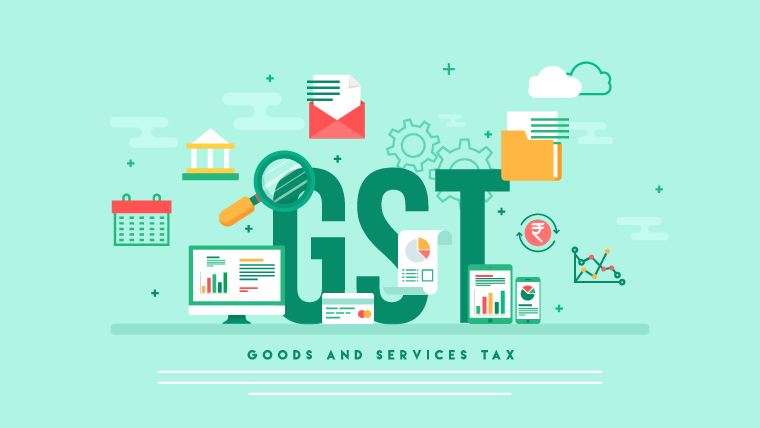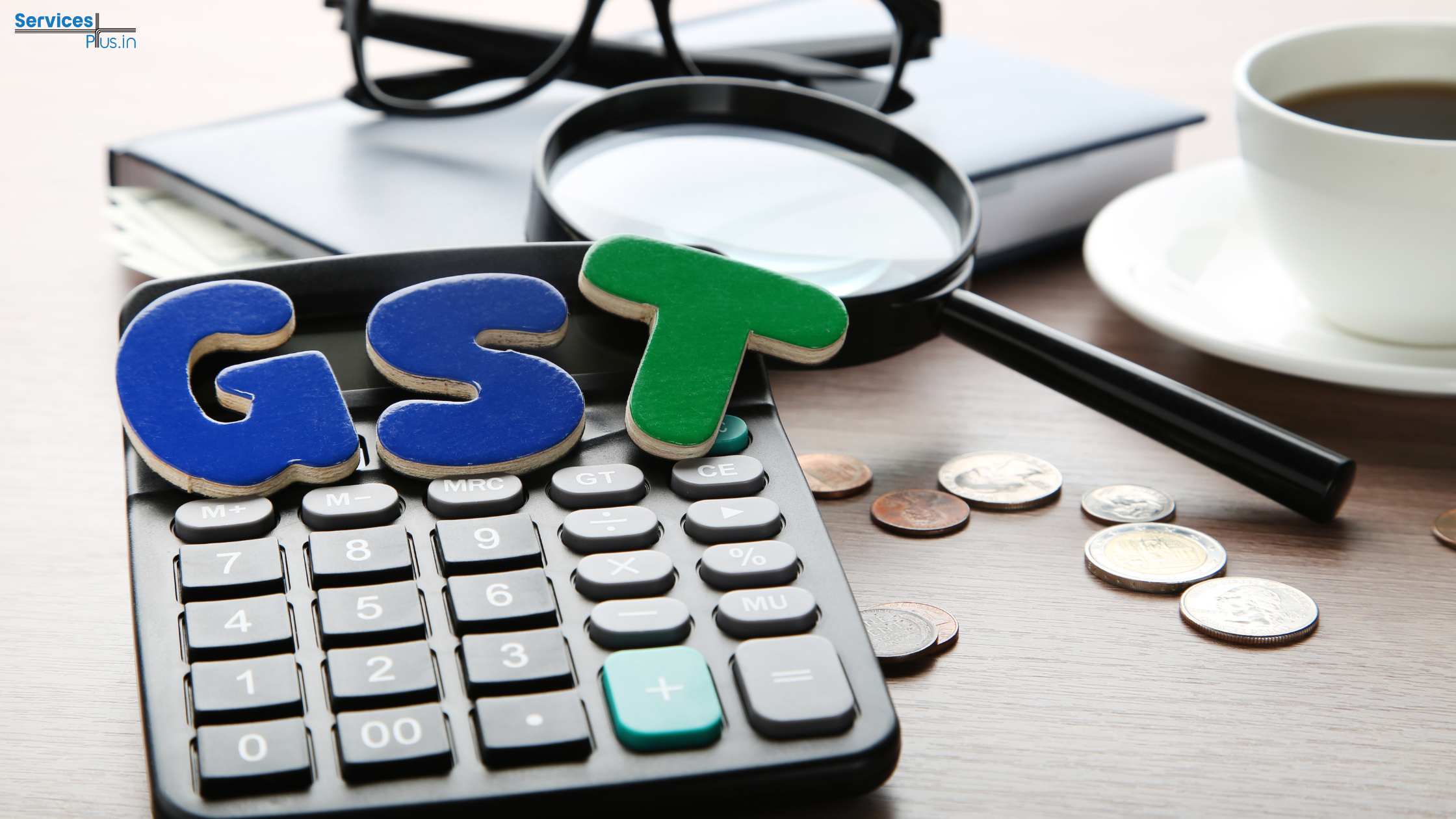Introduction to GST:
Goods and Services Tax (GST) is a value-added tax system that was introduced in many countries, including India, to simplify the complex tax structure and bring uniformity in taxation. It is a consumption-based tax that is levied on the supply of goods and services at each stage of production and distribution.
Key Features of GST:
One Nation, One Tax: GST replaces multiple indirect taxes like the Central Excise Duty, Service Tax, VAT, and others, creating a single, unified tax system across the country.
Dual Structure: GST has a dual structure, with both Central GST (CGST) and State GST (SGST) components. CGST is collected by the Central Government, while SGST is collected by the State Government.
Destination-Based Tax: Unlike the earlier tax system which was origin-based, GST is a destination-based tax. This means that the tax is levied where the final consumption of goods or services occurs.
Input Tax Credit (ITC): Under GST, businesses can claim a credit for the taxes they pay on inputs. This reduces the tax burden on the end consumer and promotes transparency in the tax system.
GST Rates:
GST has multiple tax rates, including 0%, 5%, 12%, 18%, and 28%. Certain essential items like food grains, books, and healthcare services may be taxed at 0%, while luxury items and services are typically taxed at the higher rates.
GST Registration:
Businesses with an annual turnover above a certain threshold are required to register for GST. This threshold may vary from country to country and is subject to change. Once registered, businesses must collect GST on their sales and file regular GST returns.
Benefits of GST:
Simplification: GST has simplified the tax system by replacing multiple taxes with a single tax, making compliance easier for businesses.
Reduced Tax Evasion: The input tax credit mechanism reduces the incentive for tax evasion as businesses are incentivized to deal only with registered suppliers.
Boost to the Economy: GST has the potential to boost economic growth by making goods and services more affordable and reducing the overall tax burden.
Uniformity: It has brought uniformity in tax rates and procedures across states, eliminating the concept of entry tax and octroi.
Challenges of GST:
Initial Implementation Challenges: When GST was first introduced, there were challenges related to the transition, technological issues, and confusion regarding tax rates.
Complexities: Despite the intent to simplify, GST can still be complex due to the multiple tax rates and compliance requirements.
Impact on Small Businesses: Small businesses may face compliance burdens and increased paperwork.
Conclusion:
Goods and Services Tax (GST) is a significant tax reform aimed at simplifying the tax structure, increasing transparency, and promoting economic growth. While it has its challenges, its benefits in terms of simplification and potential economic growth are considerable. It's essential for businesses and individuals to understand the GST framework to navigate the tax landscape effectively.


 Proprietorship Registration
Proprietorship Registration




